Citronella Grass
- October 31, 2023
- 0 comment
The citronella grass, scientifically known as Cymbopogon nardus or Citronella winterianus, is a popular and aromatic herb that is well-regarded for its natural mosquito-repelling properties. Native to tropical regions in Asia, this perennial grass-like plant has become widely cultivated around the world for its valuable essential oils, which are derived from its long, slender leaves.
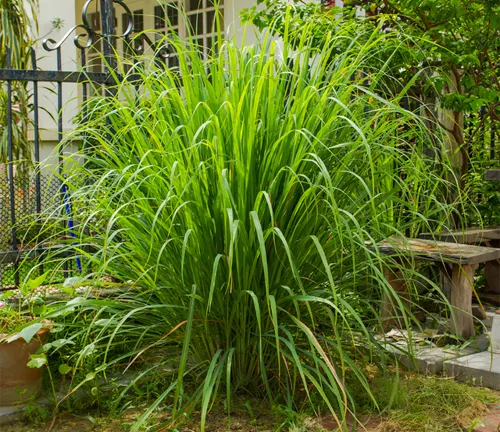

These oils emit a distinct lemony fragrance when crushed or bruised, acting as a natural deterrent to mosquitoes and other flying insects. Citronella is often utilized in various forms, such as citronella candles, oils, and sprays, to create a bug-free outdoor environment during warm summer evenings.
Beyond its pest-repelling capabilities, citronella grass is also used in culinary dishes, herbal teas, and traditional medicines, thanks to its subtle citrus flavor and potential health benefits. Whether in your garden or on your patio, the citronella grass not only adds a pleasant aroma but also helps keep bothersome insects at bay, making it a popular choice for those seeking natural and eco-friendly pest control options.
| Characteristics | Description |
| Scientific Name | Cymbopogon nardus (Citronella winterianus) |
| Family | Poaceae (Grass family) |
| Plant Type | Perennial herb |
| Height | Typically grows between 2 to 4 feet tall |
| Leaves | Long, slender, and fragrant, with a lemony scent |
| Fragrance | Distinct lemon-like aroma when leaves are crushed |
| Native Region | Tropical regions in Asia |
| Common Uses | Natural mosquito and insect repellent, culinary herb, herbal tea ingredient, traditional medicine |
| Propagation | Grown from seeds, cuttings, or division of mature plants |
| Sunlight | Requires full sun for optimal growth |
| Watering | Well-drained soil, moderately moist |
| Hardiness Zones | Typically grown in USDA zones 10-12, but can be cultivated in pots in cooler climates |
| Pest Resistance | Effective against mosquitoes and other flying insects |
| Harvesting | Leaves can be harvested as needed for various uses |
| Maintenance | Pruning to encourage growth and oil production |
| Additional Uses | Citronella oil extraction for candles, sprays, and other repellents |
Botanical Beauty of the Citronella Grass
The Citronella grass, known for both its aesthetic charm and practical uses, is a botanical beauty that graces gardens and landscapes with its slender, lemon-scented leaves. Scientifically identified as Cymbopogon nardus or Citronella winterianus, this perennial herb belongs to the grass family, Poaceae. Its lush, vibrant green foliage and graceful form make it a captivating addition to any outdoor space.
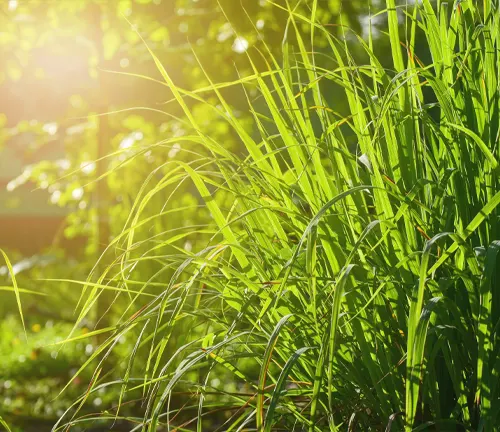
Woodland Elegance

Citronella’s slender leaves, which gently sway in the breeze, lend it an air of woodland elegance. These leaves emit a refreshing, lemony fragrance when disturbed, making a leisurely stroll through a Citronella garden a sensory delight. Its graceful appearance and aromatic charm make it a favored choice for ornamental landscaping.
Ecological Importance
Beyond its aesthetic appeal, the Citronella grass holds ecological importance. Native to tropical regions in Asia, it provides habitat and sustenance for various insects and wildlife, contributing to the biodiversity of its native ecosystems. Additionally, Citronella’s insect-repelling properties support ecological balance by reducing the prevalence of disease-carrying mosquitoes.
Cultivation and Conservation
Citronella grass is relatively easy to cultivate, and its conservation is important for preserving its natural habitat and genetic diversity. In colder climates, they can be grown in pots and brought indoors during the winter. Ensuring responsible cultivation practices helps conserve this remarkable plant for future generations.
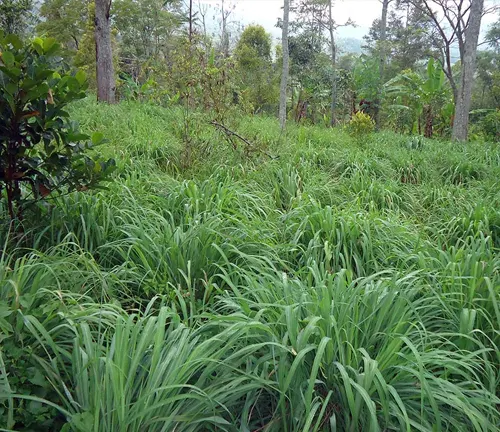
Fragrance
The Citronella grass is most renowned for its unmistakable fragrance. When leaves are crushed or brushed against, they release a fresh, lemon-like aroma that is both pleasant to humans and anathema to mosquitoes and other flying insects. This natural scent serves as an eco-friendly and non-toxic alternative to chemical repellents.
Soil Stabilization
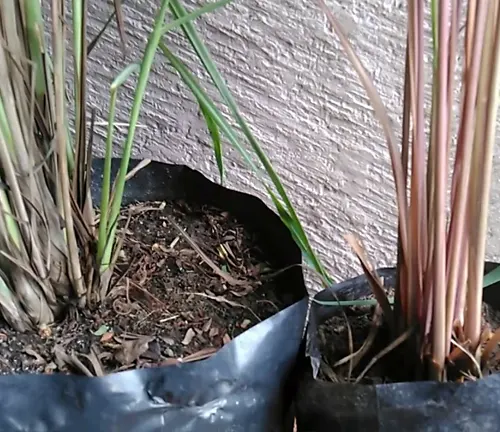
Citronella’s robust root system aids in soil stabilization. Its extensive network of roots helps prevent erosion, making it a valuable asset in gardens, especially in areas prone to soil loss. This feature underscores its importance in landscaping for both beauty and practicality.
Common Uses
Citronella offers a multitude of common uses. It is often employed as a natural mosquito and insect repellent, with its essential oils used in candles, sprays, and other products designed to create pest-free outdoor spaces. The leaves are also used in culinary dishes and herbal teas to impart a subtle citrus flavor, adding an aromatic twist to various recipes.

Benefits
The Citronella grass benefits are multifaceted. Its mosquito-repelling properties make it an essential addition to outdoor gatherings, ensuring that you can enjoy the company of friends and family without the nuisance of flying pests. As a culinary herb, it enhances the flavor of dishes and beverages. Furthermore, its ecological significance in supporting biodiversity and soil stabilization underscores its broader environmental importance.
Different Species
Cymbopogon nardus
This is the species often referred to as “true” citronella or Citronella winterianus. It is native to Southeast Asia and is known for its high citronella oil content. This is the primary species used in the production of citronella oil, which is used in various mosquito-repelling products, including candles, sprays, and lotions.
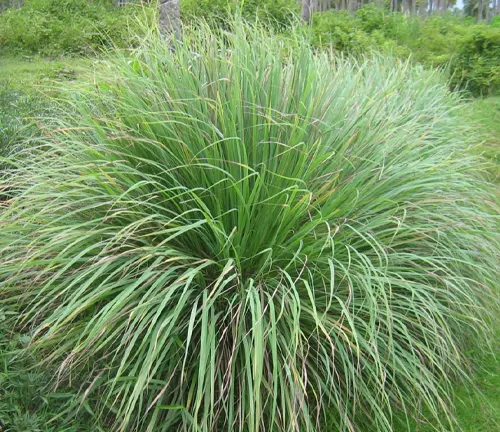
Cymbopogon citratus
Commonly known as lemongrass, this species is also referred to as citronalla grass. Lemongrass is native to tropical regions in Asia and is used in culinary dishes, herbal teas, and traditional medicines for its citrusy flavor and potential health benefits. While it possesses some mosquito-repelling properties due to its citronella-like aroma, it is not as potent as Cymbopogon nardus.

Frequently Asked Questions (FAQs)
- What is a Citronella Grass?
Citronella grass is a perennial herb, scientifically known as Cymbopogon nardus or Citronella winterianus, renowned for its lemony fragrance and natural mosquito-repelling properties. - How do Citronella grass repel mosquitoes?
Citronella grass emit a distinct lemon-like scent when their leaves are crushed, which acts as a natural mosquito repellent. The fragrance interferes with the mosquito’s ability to locate and feed on humans. - Can I plant Citronella to keep mosquitoes away from my yard?
Yes, planting Citronella in your garden can help deter mosquitoes. However, its effectiveness in repelling mosquitoes can vary depending on factors like the species, climate, and the density of Citronella grass. - Are there different species of Citronella grass?
Yes, the term “Citronella grass” can refer to different species. The two primary species are Cymbopogon nardus (true citronella) and Cymbopogon citratus (lemongrass). True citronella is more effective in repelling mosquitoes. - Can I grow Citronella grass in colder climates?
Citronella grass thrive in warm, tropical climates (USDA zones 10-12). In colder regions, they can be grown in pots and brought indoors during the winter. - How do I care for Citronella grass?
Citronella grass require full sun, well-drained soil, and regular watering. Pruning is recommended to encourage growth and oil production. - What are common uses for Citronella grass?
Citronella is used for repelling mosquitoes in the form of candles, oils, and sprays. It is also employed as a culinary herb and in herbal teas for its citrusy flavor. Additionally, it has traditional medicinal uses. - Can I extract Citronella oil from the plant?
Yes, Citronella oil can be extracted from the leaves of Citronella grass. It is used in various products, including candles and insect repellents. - Are there any potential health benefits of Citronella grass?
Citronella, particularly lemongrass (Cymbopogon citratus), is used in traditional medicine for its potential health benefits, such as digestive and anti-inflammatory properties. - Is Citronella grass safe for pets and children?
Citronella is generally considered safe for pets and children when used as directed. However, it’s a good practice to ensure they don’t consume large quantities of the plant or its oils, which could cause mild gastrointestinal upset.


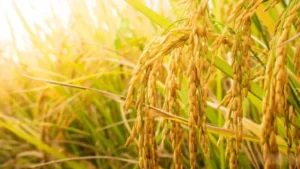
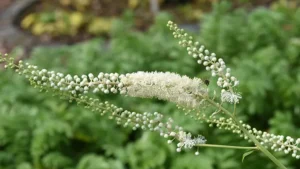
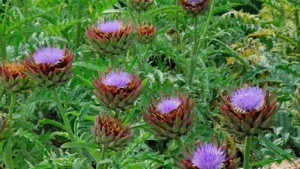

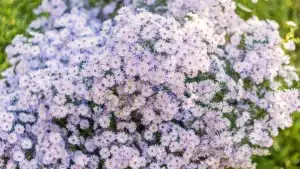
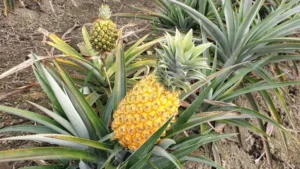


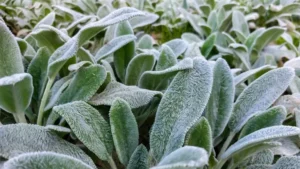
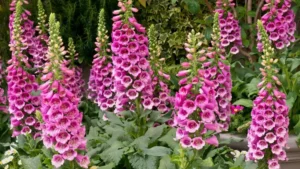
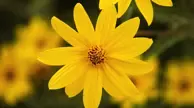
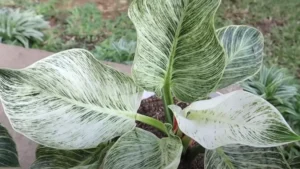
Leave your comment